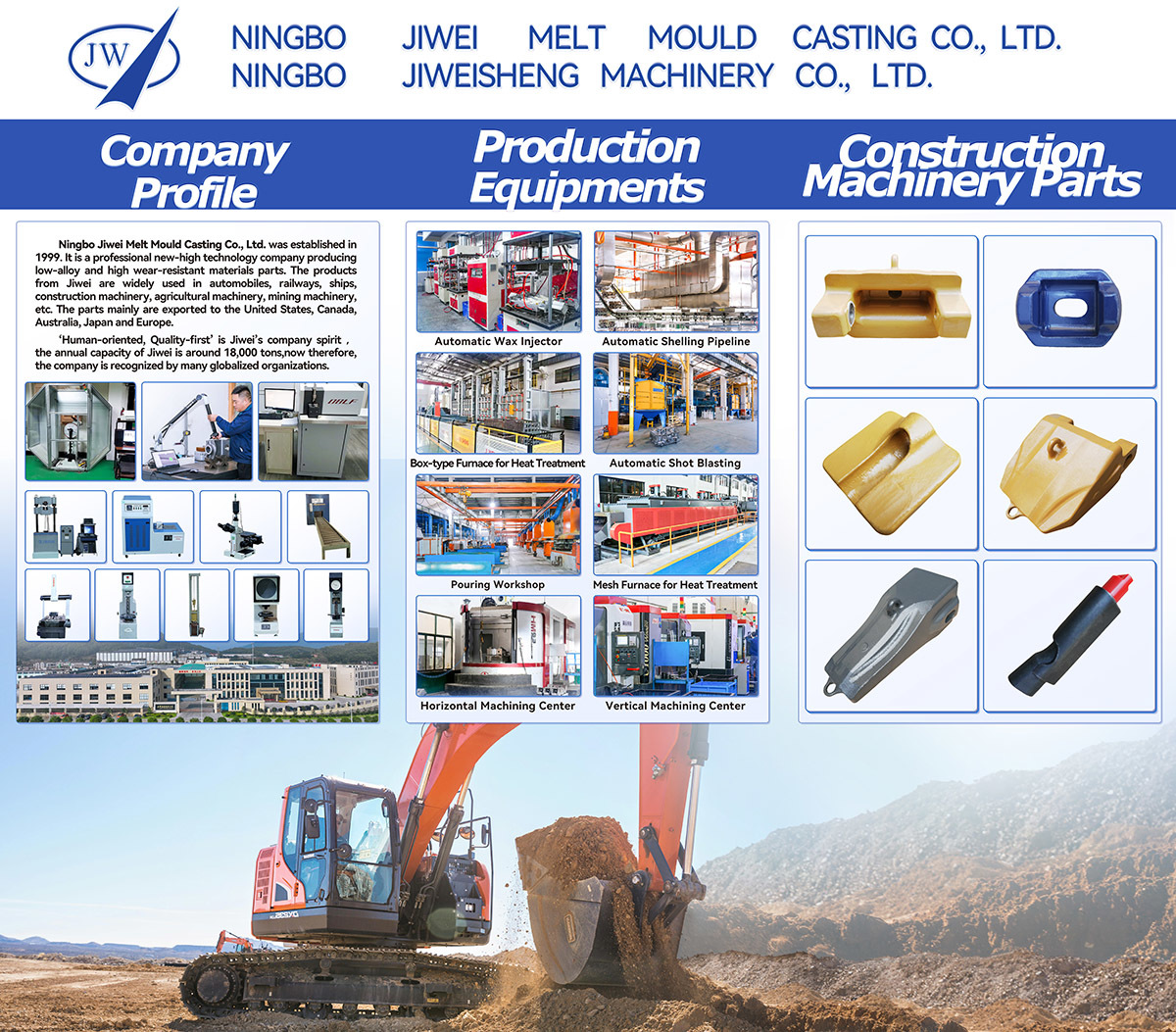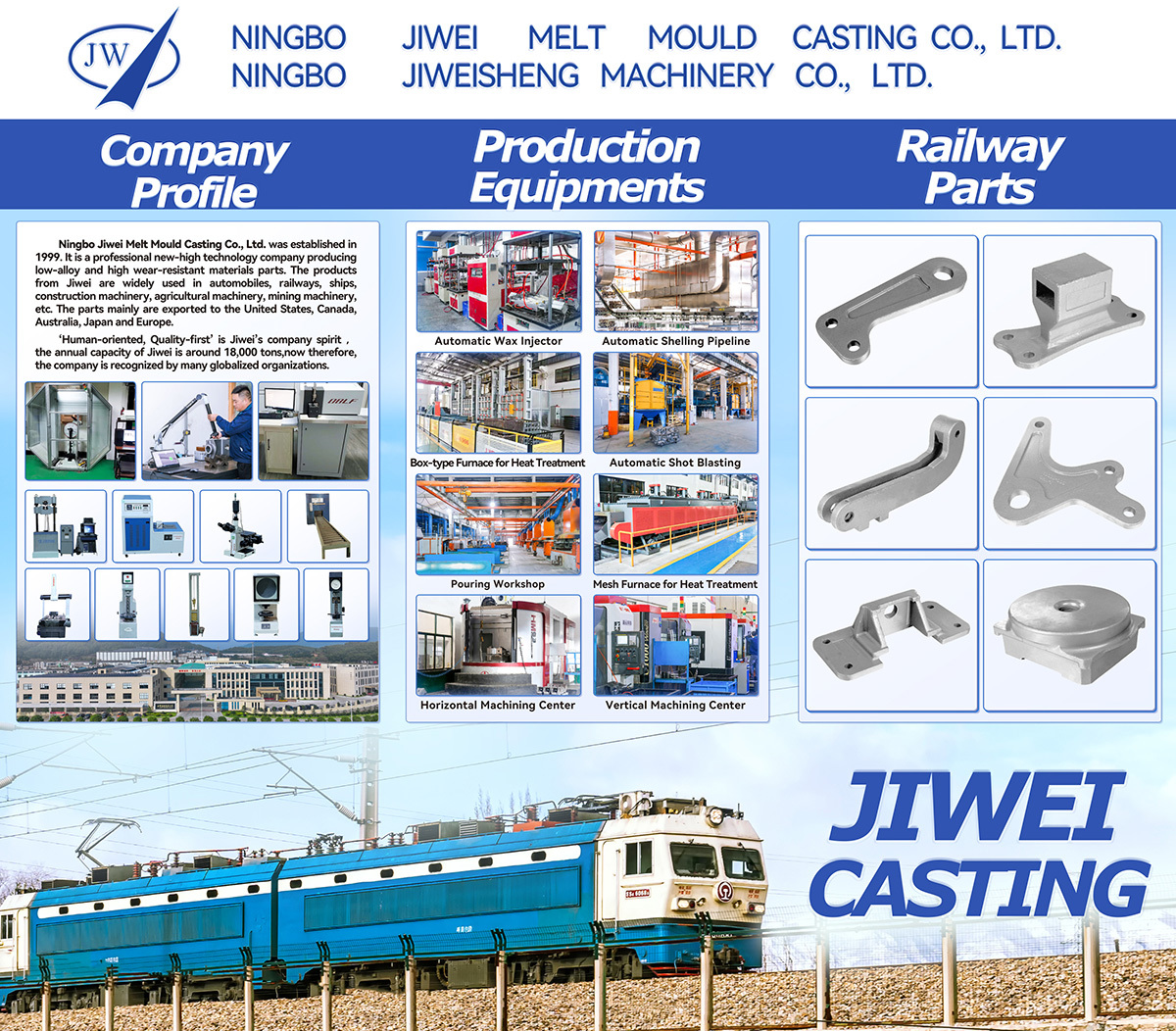11 Nov,2025
The Latest Innovations in Centrifugal Casting of Stainless Steel
Centrifugal casting is a highly efficient manufacturing process that has gained prominence in the production of stainless steel components. This method utilizes centrifugal force to mold molten metal into desired shapes, resulting in products that exhibit superior mechanical properties and surface finishes. The newest advancements in centrifugal casting of stainless steel have further enhanced its
Centrifugal casting is a highly efficient manufacturing process that has gained prominence in the production of stainless steel components. This method utilizes centrifugal force to mold molten metal into desired shapes, resulting in products that exhibit superior mechanical properties and surface finishes. The newest advancements in centrifugal casting of stainless steel have further enhanced its appeal across various industries.
One of the most significant benefits of using centrifugal casting for stainless steel is the ability to produce complex shapes with high dimensional accuracy. Unlike traditional casting methods, centrifugal casting allows for a more controlled pouring process, which minimizes the risk of defects such as porosity and inclusions. The result is a product that not only meets stringent quality standards but also enhances the durability and performance of the final component.
Moreover, the advancements in material science have led to the development of high-performance stainless steel alloys specifically designed for centrifugal casting. These new alloys offer improved resistance to corrosion and wear, making them suitable for demanding applications in environments like chemical processing, oil and gas, and marine industries. The ability to tailor alloys to specific needs enhances the overall efficiency and longevity of the components produced.
In addition to material improvements, recent technological innovations in centrifugal casting equipment have also contributed to the enhanced efficiency of the process. Modern machinery is equipped with sophisticated controls that allow for precise temperature management and mold rotation speeds, further optimizing the casting process. These technological advancements not only improve production rates but also reduce energy consumption, aligning with the industry's push towards more sustainable manufacturing practices.
Furthermore, the use of computer-aided design (CAD) software has revolutionized the way designs are created for centrifugal casting. Engineers can now simulate the casting process digitally, allowing for the identification of potential issues before physical production begins. This proactive approach reduces waste and ensures that the final product aligns with the intended specifications, ultimately saving time and resources.
As industries continue to demand higher quality materials and components, the newest innovations in centrifugal casting of stainless steel are set to play a crucial role in meeting these expectations. By leveraging advanced materials, cutting-edge technology, and precise engineering practices, manufacturers can produce high-quality stainless steel components that are not only functional but also economically viable.
In summary, the latest advancements in centrifugal casting of stainless steel represent a significant leap forward in manufacturing capabilities. With improved material properties, enhanced machinery, and innovative design practices, this method is well-positioned to meet the growing needs of various sectors, ensuring that stainless steel remains a material of choice for a wide range of applications.
One of the most significant benefits of using centrifugal casting for stainless steel is the ability to produce complex shapes with high dimensional accuracy. Unlike traditional casting methods, centrifugal casting allows for a more controlled pouring process, which minimizes the risk of defects such as porosity and inclusions. The result is a product that not only meets stringent quality standards but also enhances the durability and performance of the final component.
Moreover, the advancements in material science have led to the development of high-performance stainless steel alloys specifically designed for centrifugal casting. These new alloys offer improved resistance to corrosion and wear, making them suitable for demanding applications in environments like chemical processing, oil and gas, and marine industries. The ability to tailor alloys to specific needs enhances the overall efficiency and longevity of the components produced.
In addition to material improvements, recent technological innovations in centrifugal casting equipment have also contributed to the enhanced efficiency of the process. Modern machinery is equipped with sophisticated controls that allow for precise temperature management and mold rotation speeds, further optimizing the casting process. These technological advancements not only improve production rates but also reduce energy consumption, aligning with the industry's push towards more sustainable manufacturing practices.
Furthermore, the use of computer-aided design (CAD) software has revolutionized the way designs are created for centrifugal casting. Engineers can now simulate the casting process digitally, allowing for the identification of potential issues before physical production begins. This proactive approach reduces waste and ensures that the final product aligns with the intended specifications, ultimately saving time and resources.
As industries continue to demand higher quality materials and components, the newest innovations in centrifugal casting of stainless steel are set to play a crucial role in meeting these expectations. By leveraging advanced materials, cutting-edge technology, and precise engineering practices, manufacturers can produce high-quality stainless steel components that are not only functional but also economically viable.
In summary, the latest advancements in centrifugal casting of stainless steel represent a significant leap forward in manufacturing capabilities. With improved material properties, enhanced machinery, and innovative design practices, this method is well-positioned to meet the growing needs of various sectors, ensuring that stainless steel remains a material of choice for a wide range of applications.







